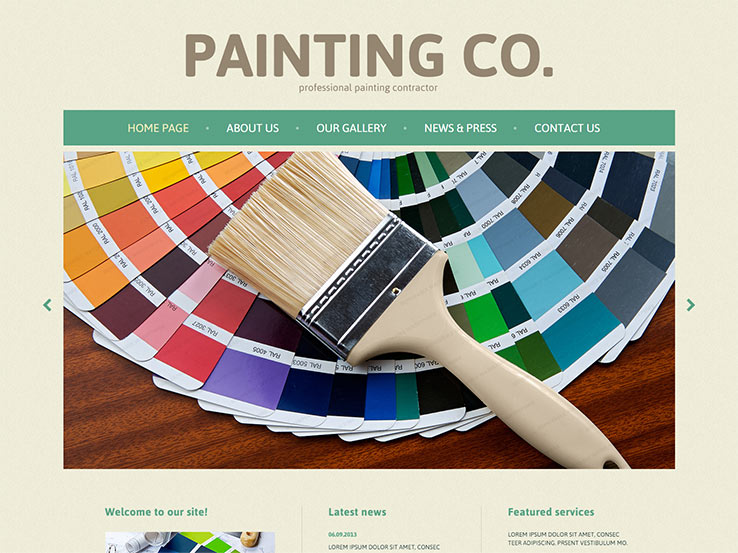Discover Just How Seasonal Impacts Can Affect The Performance Of Industrial Outside Painting And Figure Out The Most Favorable Times To Guarantee Resilient Outcomes For Your Task
Discover Just How Seasonal Impacts Can Affect The Performance Of Industrial Outside Painting And Figure Out The Most Favorable Times To Guarantee Resilient Outcomes For Your Task
Blog Article
Team Writer-Korsholm Skafte
When you're planning a business external paint project, seasonal elements can make or damage your outcomes. You'll intend to consider how temperature and moisture influence paint application and drying out times. Selecting the ideal season can guarantee your paint adheres correctly and lasts longer. But which periods are really the most effective for this kind of job? Let's discover the crucial elements that can affect your task's success.
The Impact of Temperature Level on Paint Application
When you're intending an industrial exterior painting project, the temperature level can considerably affect exactly how well the paint sticks and dries.
Ideally, you intend to paint when temperatures range in between 50 ° F and 85 ° F. If it's also cold, the paint may not heal appropriately, causing concerns like peeling off or fracturing.
On the other hand, if it's as well warm, the paint can dry also promptly, protecting against correct bond and resulting in an uneven surface.
Recommended Studying must also think about the moment of day; morning or late afternoon offers cooler temperatures, which can be more beneficial.
Always check the maker's recommendations for the details paint you're making use of, as they commonly provide assistance on the excellent temperature array for ideal outcomes.
Moisture and Its Impact on Drying Times
Temperature isn't the only ecological variable that influences your commercial external painting job; moisture plays a considerable role as well. High humidity levels can decrease drying out times considerably, impacting the general high quality of your paint task.
When the air is saturated with dampness, the paint takes longer to heal, which can cause problems like poor adhesion and a higher risk of mildew growth. If you're repainting on an especially humid day, be prepared for prolonged delay times in between layers.
It's vital to keep an eye on neighborhood weather conditions and plan as necessary. Preferably, aim for humidity levels in between 40% and 70% for optimal drying out.
Keeping these consider mind guarantees your job remains on track and delivers a long-term finish.
Best Seasons for Commercial Exterior Painting Projects
What's the best season for your business outside painting projects?
Read the Full Post and early autumn are normally your best choices. Throughout Read Even more , temperature levels are moderate, and moisture levels are usually reduced, producing ideal problems for paint application and drying out.
Avoid summertime's intense heat, which can trigger paint to completely dry also quickly, causing bad attachment and coating. In a similar way, winter season's cold temperature levels can hinder appropriate drying out and curing, risking the longevity of your paint work.
Aim for days with temperature levels between 50 ° F and 85 ° F for ideal outcomes. Keep in mind to check the regional weather prediction for rain, as damp conditions can spoil your project.
Planning around these variables guarantees your painting project runs smoothly and lasts longer.
Conclusion
Finally, preparing your business outside painting jobs around seasonal factors to consider can make a significant distinction in the outcome. By scheduling work during the excellent temperature levels and humidity levels, you'll ensure better attachment and drying out times. Keep in mind to keep an eye on neighborhood weather forecasts and choose the right time of year-- springtime and very early autumn are your best bets. Taking https://connerqajpu.blogspothub.com/34319967/eco-conscious-approaches-in-commercial-outside-paint-a-focus-on-sustainability will aid you achieve a resilient and professional finish that lasts.
